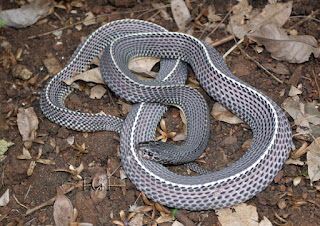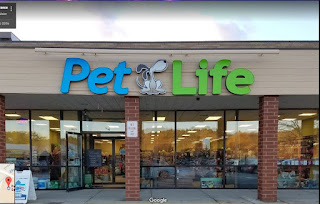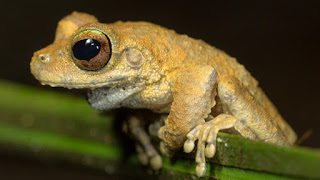Deadly poisonous cuties: There's only one predator that can survive eating this newt - Bowen Island Undercurrent

Meet the rough-skinned newt. It's an innocuous Bowen resident who actually packs a punch!
At less than 10 centimetres long, this timid little creature can be spotted all over Bowen. They like dark damp areas with ponds, fallen logs and leaves, so the mid-island trail, Killarney Lake, Fairy Fen, and up in the Bonanza Mines on Mt Gardner are great places to find them.
They can also be a welcome visitor to any (fishless) backyard pond, as they hunt slugs and snails in your garden, but also will eat small fish – and can fall prey to bigger fish.
Despite their appeal to larger fish, there is only one predator who can actually survive eating a rough-skinned newt. Newts contain a toxic poison called tetrodotoxin (TTX), that even the newts themselves cannot digest! This is the same toxin found in puffer fish.
Garter snakes that live in the same geographic area as newts have evolved to be able to prey on those newts without being affected by the toxin. Garter snakes outside of the newt's home range do not possess this protection. We have quite a few garter snakes on Bowen.
Both garter snakes and newts are not venomous, meaning they won't poison you by biting you. Newts don't bite humans and all, and are actually pretty friendly. The poison resides in the newt's skin, so humans must be very careful when handling newts, must wash their hands after handling them, and must certainly not ingest them.
It's almost irresistible to pick up one of these little cuties, especially once one spies their bright yellow or orange undersides, which they will present when they feel threatened. Fortunately, the toxin is an oral toxin, so it must be ingested to have an effect. However, it is easy enough to touch one's face after handling a newt, so handling them is not recommended.
It also means they can present a very real danger to children and pets, who tend to grab things up before we even notice, and pop them into their mouths. They are also not so great at washing their hands immediately after touching things. There is certainly enough poison in a newt to kill a child or pet. It can kill a pet within four to six hours of ingestion, so if you find your pet eating or even playing with a newt, rush to the vet.
In the fall, newts are easy to spot on land, even during the day. They move slowly and are often out in the open. In late winter, newts will head to ponds, and change their shape and skin texture to become lithe swimmers. In spring, they mate, with up to a dozen males mobbing a single female in a giant "mating ball" for up to an hour. Eventually, males deposit a spermatophore into the water, and the female will collect many of them to fertilize her eggs, which she deposits in masses near the water. The young hang around the water for about three months, before resuming life on land in the autumn.
While humans should be respectfully cautious of this little creature, we are also sadly, its biggest threat. Many newts are killed by cars, as they cross roads in their attempt to travel between the forest and water sources. Destruction of their habitat via deforestation and development also sadly reduces their numbers.
So if you see one, don't panic, and simply admire them from afar. They are an integral part of the ecosystem, as they feed snakes, which in turn feed raptors like eagles. If nothing else, I'm happy something is eating up all the slugs in my yard!



Comments
Post a Comment